So I have this voltage plot. These are voltages corresponding to a current changes on a wire.
I am trying to understand the rate of transmission for choosing a ADC to read these analog values.
The peak to peak time is 3-4us. I need to sample them in order to get digital values. What kind of ADC is required?
According to my calculation its T= \$3*10^{-6}s\$ or \$4*10^{-6}s\$ i.e. 350 - 400 kHz approx. What must be the ADC criteria if I have to select a micro controller for my task?
Since Nyquist criteria says twice the sampling frequency, so anything more than 800kHz works? Or am I missing something here?
EDIT I think I must specify this point. There are 3 levels of data I need to track, 0, 1 ans 2 level (0= 0ma; 1= 10mA; 2=20mA lets say). Each represent a voltage level proportional to the current on the wire. So I need to track the each of the levels.

